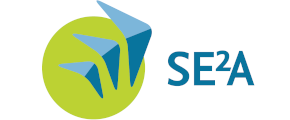The project SUMAFly II aims to develop and apply life cycle sustainability assessment methods for future aircraft concepts to analyze environmental, economic, and social sustainability aspects and to support decision-making in the early stages of aircraft development. The focus of SUMAFly II is the extension of the modeling, assessment, and analysis of powertrain concepts carried out in the original SUMAFly project to the entire aircraft in all life cycle phases. For this purpose, the research program comprises the extension of existing and the development of new life cycle inventory models for innovative aircraft architectures and designs required to integrate the powertrain concepts analyzed in the primary SUMAFly project. In this context, novel materials, production processes, usage scenarios, and end-of-life routes are developed and modeled, and existing system architectures are systematically supplemented with data from SE²A. This process will accompany continuous data validation and evaluation throughout the project, and multi-level assessment models for the environmental and socio-economic analysis will be developed. In addition, new metrics for aircraft assessment based on high-level goals (e.g., planetary boundaries and sustainable development goals) and theories (e.g., doughnut economics and macroeconomics) will be developed. Finally, visualization methods for presenting and interpreting the life cycle inventories and results will be embedded to support decision-making in the early stages of aircraft development.
A4.1

